Picking the best places to visit in Hungary feels like trying to choose between your grandmother’s cherished recipes – each one has its own special charm that makes it impossible to overlook. From the grand architecture of Budapest to the rolling hills of Tokaj wine country, Hungary serves up a feast for travelers that goes way beyond just paprika and goulash. The country packs an incredible mix of experiences into a space smaller than Indiana, with everything from thermal spas that date back to Roman times to colorful folk traditions that still light up village squares today.
After spending months exploring this Central European gem, I’ve put together a collection of places that showcase what makes Hungary truly special. This list covers everything from the obvious must-sees to those hidden corners where locals vacation – spots that might not make it onto typical tourist routes but definitely deserve your attention. Whether you’re drawn to the buzz of city life or the quiet charm of countryside vineyards, these 21 destinations offer a genuine taste of Hungarian culture, history, and daily life.
Consider this your friendly guide to discovering Hungary’s highlights – from the famous thermal baths of Budapest to the peaceful shores of Lake Balaton, and plenty of surprising stops in between. No rankings here, just honest suggestions for places that might just make you fall in love with this often-overlooked corner of Europe.
Budapest
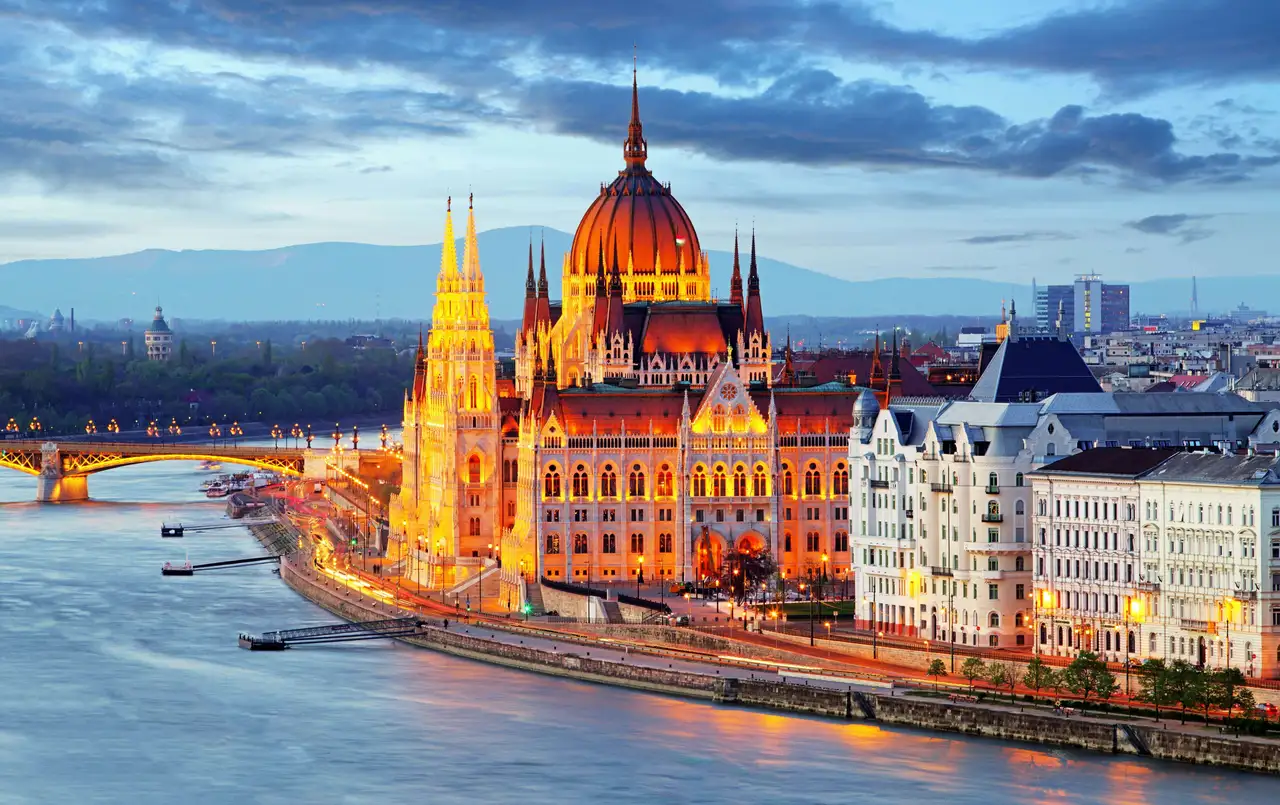
Many travelers come to Budapest primarily for its famous thermal baths, but Hungary’s capital city offers much more than just wellness experiences. Split by the mighty Danube River into the hilly Buda side and flat Pest side, the city combines centuries of history with modern urban life. You can explore the medieval Castle District and its winding cobblestone streets, then cross the iconic Chain Bridge to discover the grand Parliament Building and bustling food markets. While the city truly comes alive during summer festivals and Christmas markets, Budapest’s mix of architectural styles, local cuisine, and coffee house culture makes it worth visiting in any season.
Lake Balaton
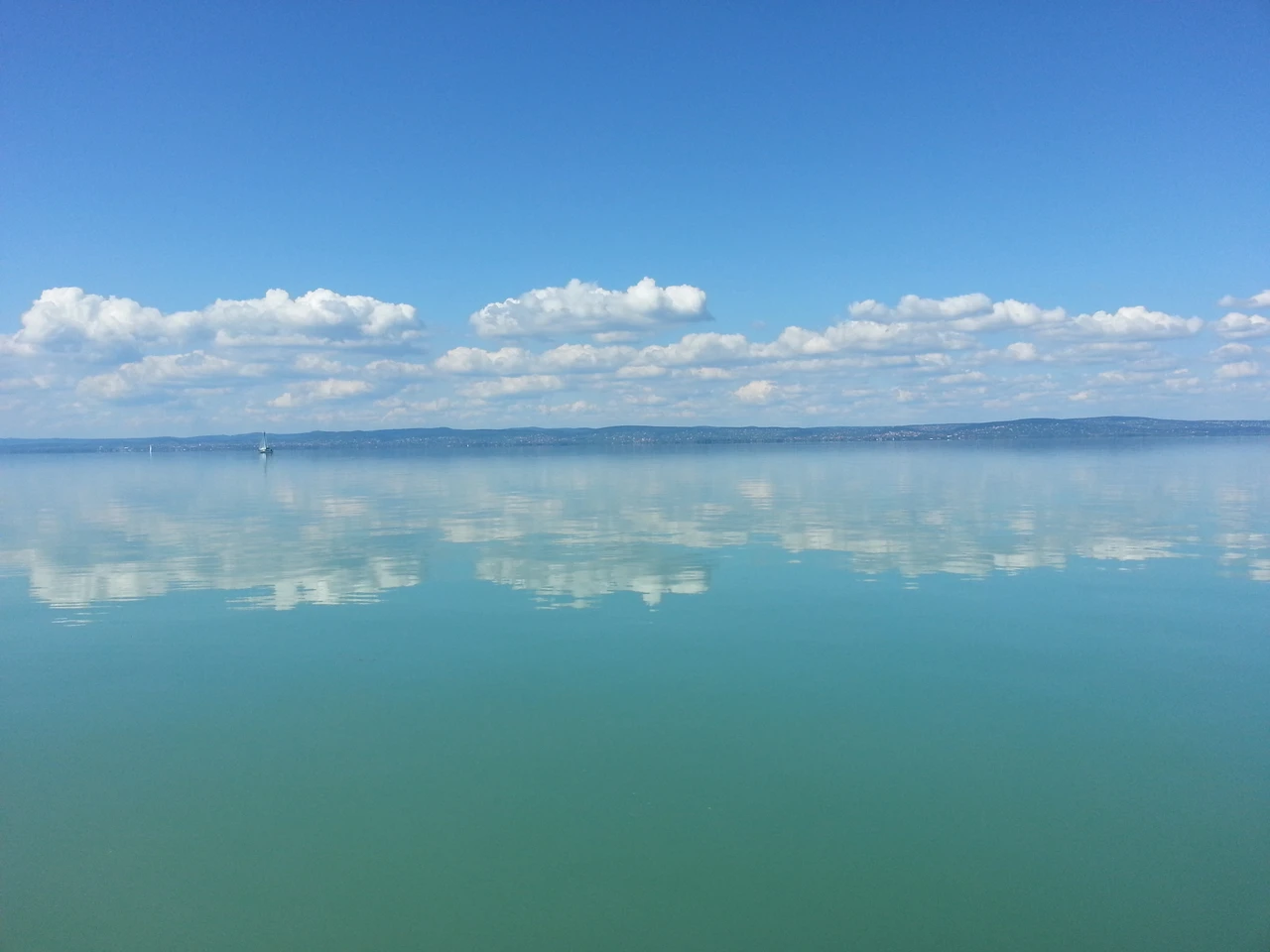
Lake Balaton sits about an hour and a half southwest of Budapest, stretching across western Hungary like a gentle inland sea. Much like other European lake destinations, it offers swimming, sailing, and waterfront dining. But unlike its counterparts, Balaton combines water activities with wine culture – the northern shore is dotted with volcanic hills home to centuries-old vineyards. Pop into any of the local wine cellars to taste the region’s famous white wines, then head to one of the retro beach resorts that feel frozen in time from Hungary’s socialist era. Because of its size (it’s the largest lake in Central Europe), locals call it the “Hungarian Sea,” and you’ll find everything from thermal spas to hiking trails along its 197-kilometer shoreline.
Eger
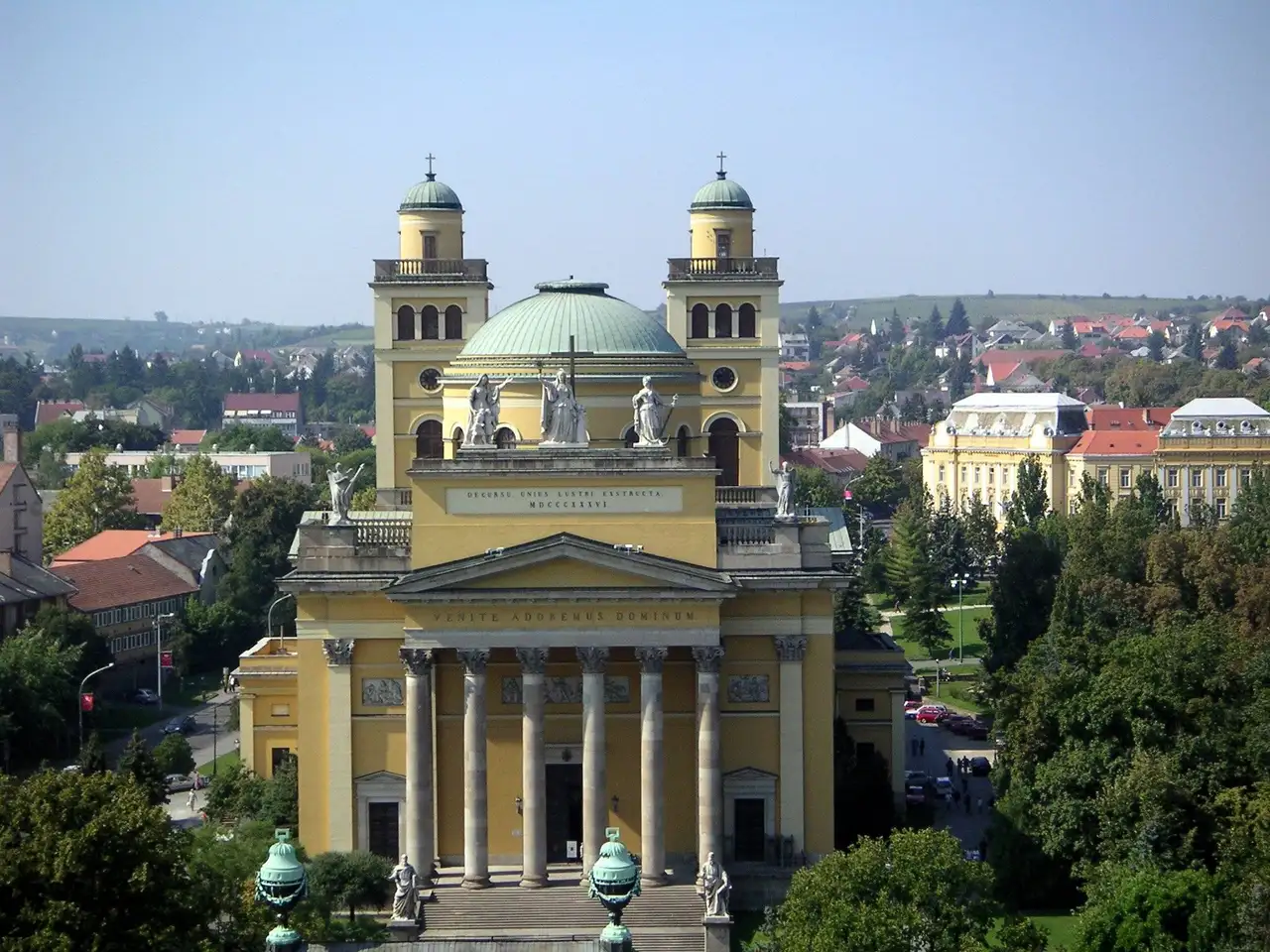
I first visited Eger in 2019, a charming city tucked away in northern Hungary about two hours from Budapest. Located in the wine country of the Eger Valley, this historic town is known for its 11th-century castle that sits prominently on a hill overlooking the baroque buildings below. The narrow cobblestone streets lead to the Valley of Beautiful Women, where local winemakers have carved cellars into the hillside to age their famous Bull’s Blood red wine. The city’s Turkish Minaret, Ottoman baths, and camera-worthy main square with its basilica transport visitors back through centuries of Hungarian history, while modern cafes and wine bars dot the streets, offering the perfect spots to watch local life unfold.
Pécs
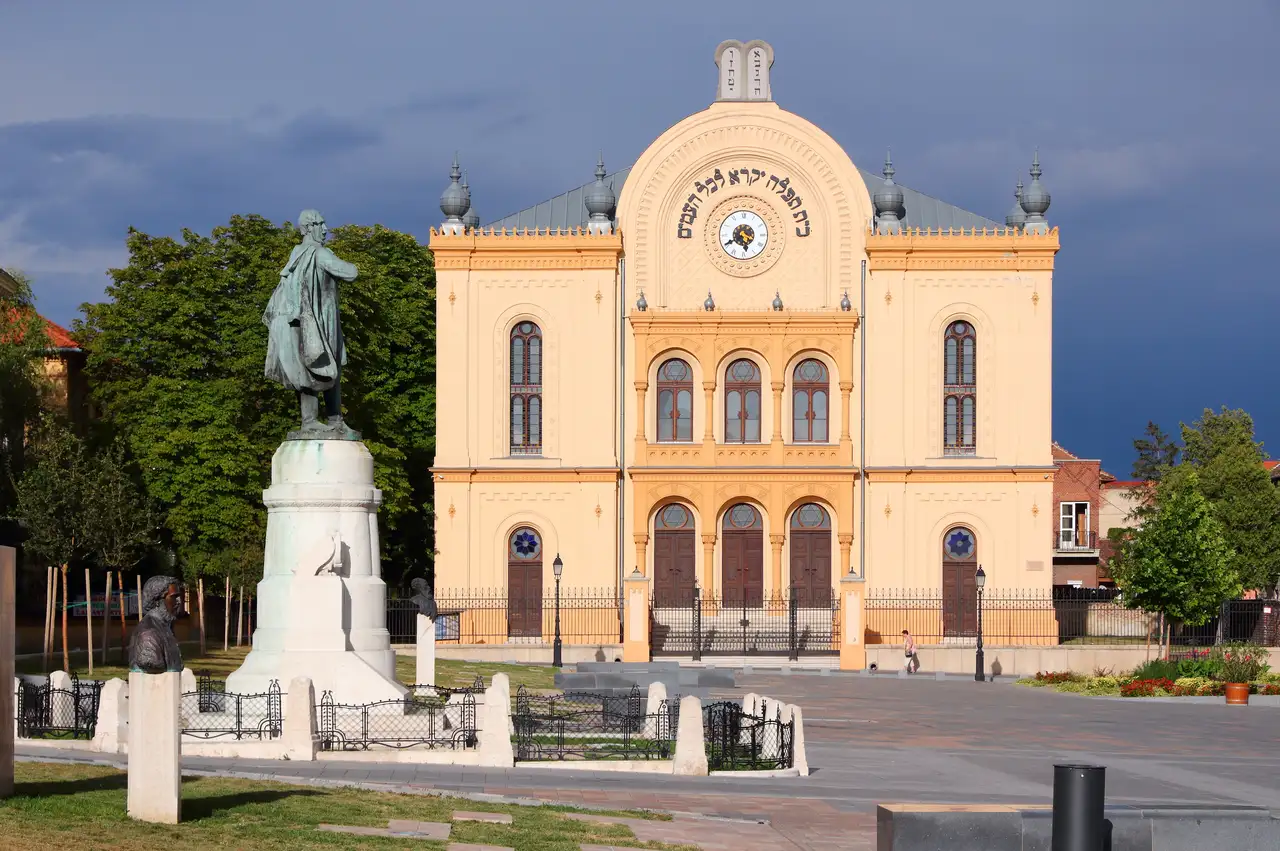
Nestled in the southern part of Hungary, Pécs holds a special spot in my heart as one of the country’s most welcoming cultural hubs. This 2,000-year-old city beautifully blends its Roman, Ottoman, and Hungarian heritage, visible in everything from its architecture to its local cuisine. The heart of the city centers around Széchenyi Square, where locals gather at outdoor cafes and students from Hungary’s oldest university bring youthful energy to the cobblestone streets. While many visitors focus on Budapest, those who venture to Pécs discover a more relaxed side of Hungarian life, complete with fascinating early Christian burial chambers, a mosque-turned-church, and some of the finest examples of Zsolnay ceramics in the country.
Szentendre

Just 45 minutes from Budapest, Szentendre feels like stepping into a perfect little European postcard. This charming riverside town has become a haven for artists, with cobblestone streets winding past colorful Baroque buildings and countless art galleries. I love wandering through the narrow alleys where local craftspeople sell traditional Hungarian ceramics and folk art from tiny shops. The town’s Serbian heritage shows in its Orthodox churches, while the Danube promenade offers a peaceful spot to watch boats drift by. It’s an easy day trip that lets you experience a different side of Hungary – one where time seems to slow down and creativity flourishes around every corner.
Debrecen
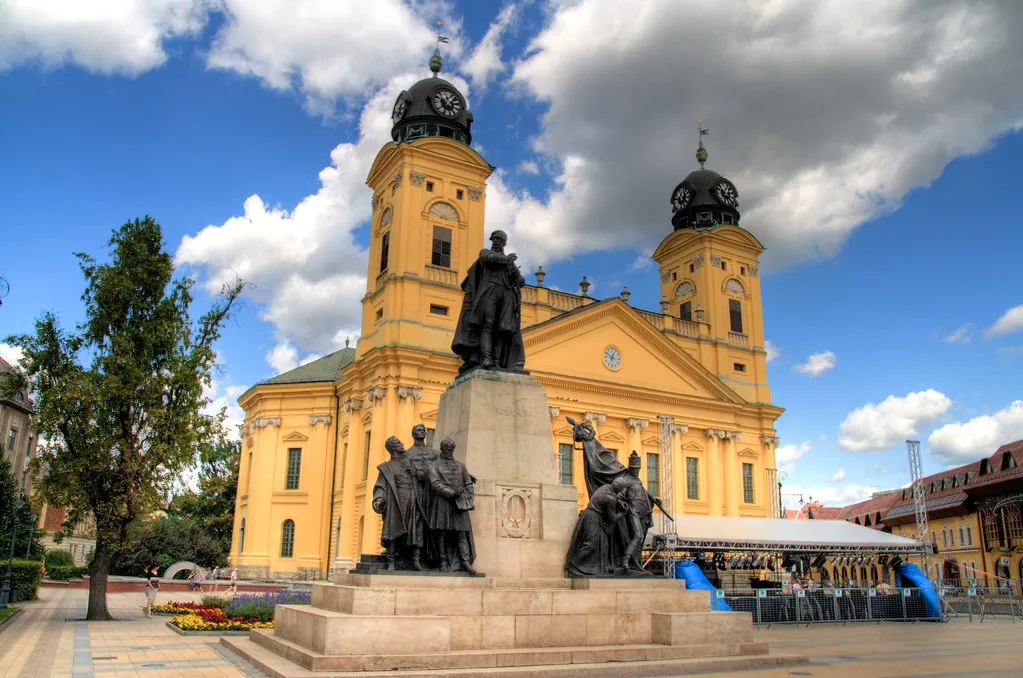
Many travelers come to Debrecen for its rich cultural heritage as Hungary’s second-largest city, but this destination can also be appreciated as a wellness hotspot. The city’s thermal baths – particularly the Aquaticum Spa – offer year-round relaxation, while the Great Reformed Church stands as the largest Protestant church in the country. In summer, the Flower Carnival brings the streets alive with colorful parades and folk performances, but you can find plenty to explore in Debrecen any time of the year, from its modern art museums to its peaceful Nagyerdő (Great Forest) park.
Szeged
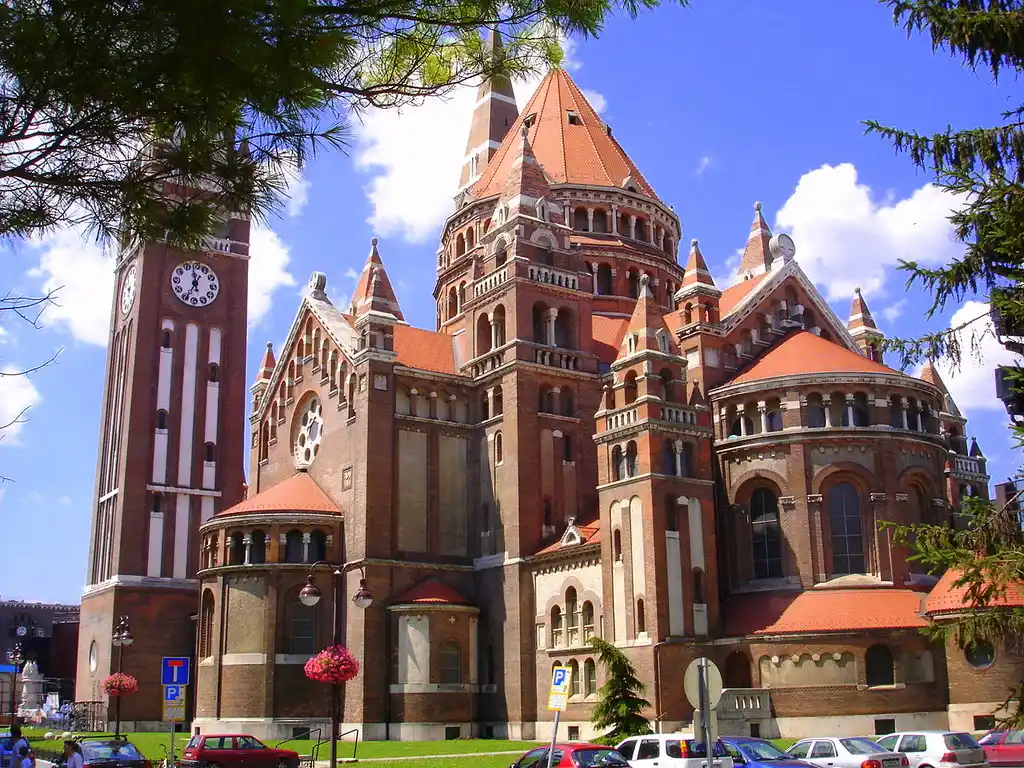
Tucked away in southern Hungary, Szeged holds a special place in my heart as the country’s “City of Sunshine.” This university town along the Tisza River mixes old-world charm with modern student life in a way few other Hungarian cities manage. The city center is filled with Art Nouveau buildings that tell stories of its rebirth after the great flood of 1879, while the main square comes alive each evening as students and locals gather at outdoor cafes. It’s also the birthplace of Hungary’s most famous spice – paprika – and you’ll smell it in the air as you walk past the countless street-side vendors and traditional restaurants. Despite being Hungary’s third-largest city, Szeged feels intimate and welcoming, making it an ideal spot for travelers looking to experience authentic Hungarian culture away from the tourist crowds.
Hévíz
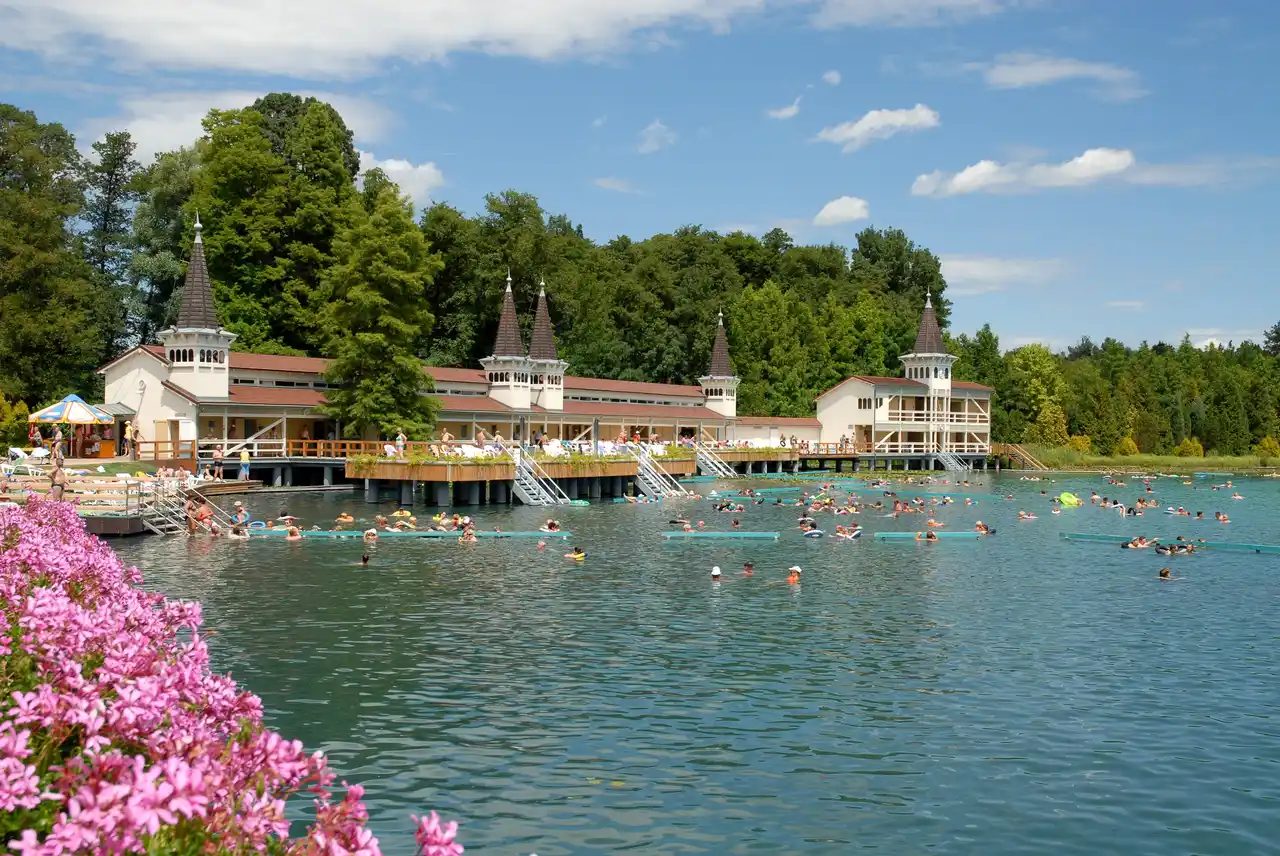
Located about two hours southwest of Budapest lies the small resort town of Hévíz. While Hungary has numerous thermal baths scattered throughout the country, Hévíz stands out for having the world’s largest natural thermal lake that’s suitable for swimming. The warm, mineral-rich waters maintain a comfortable temperature year-round, even when snow blankets the surrounding landscape. What makes this place truly special is how locals and visitors alike gather here, floating peacefully on rubber rings while chatting and soaking in the healing properties of the lake. Thanks to the lake’s therapeutic reputation dating back to the Roman times, you’ll find wellness centers and spa hotels dotting the shoreline, each offering their own take on traditional Hungarian treatments.
Aggtelek National Park
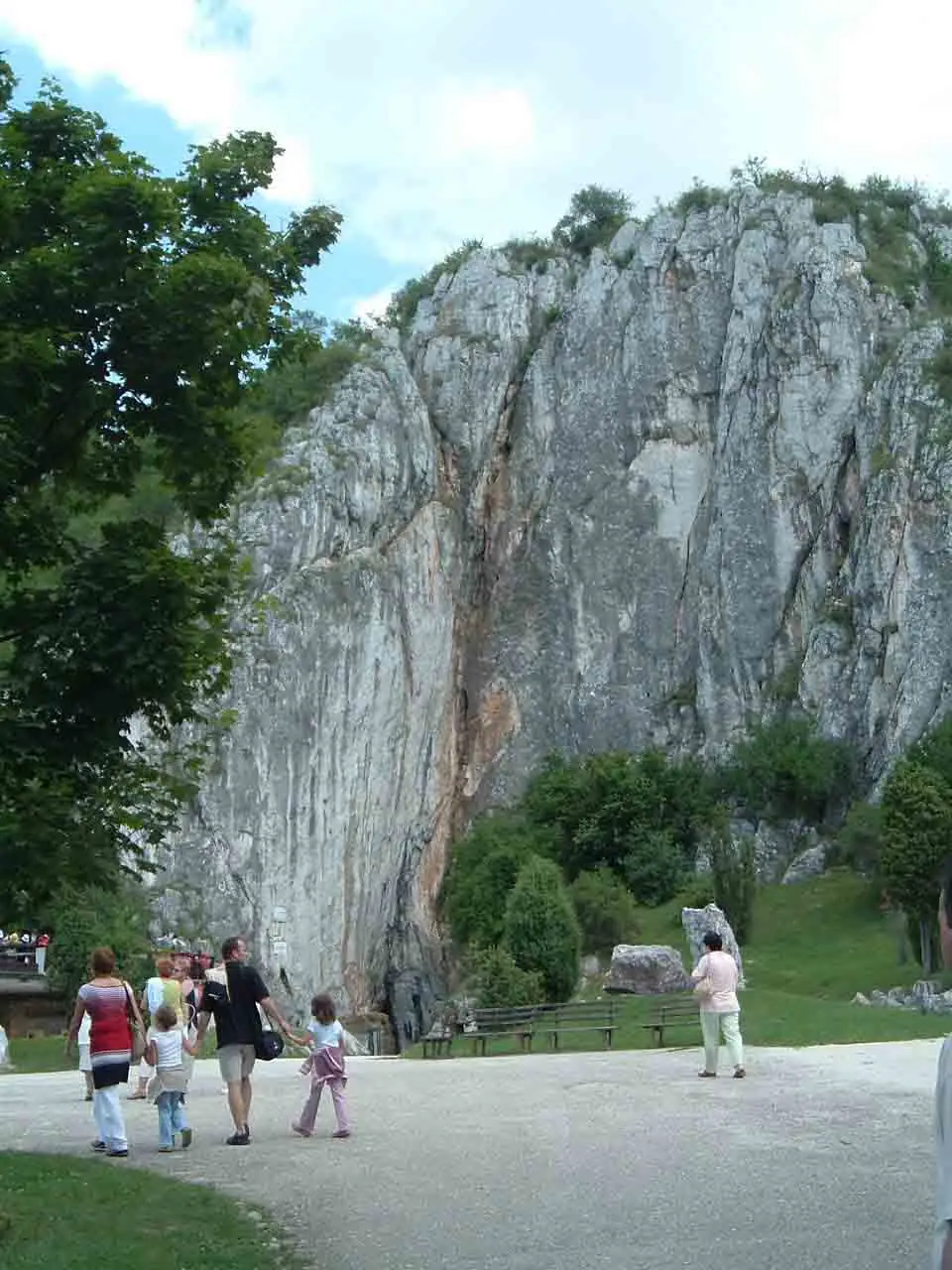
Nature enthusiasts flock to Aggtelek National Park for its remarkable cave system, but this protected area offers much more than just underground wonders. The park, which sits along the border with Slovakia, features an extensive network of limestone caves, including the famous Baradla Cave with its impressive rock formations and ancient drawings. While many visitors come specifically for cave tours, the surrounding landscape provides excellent opportunities for hiking, bird watching, and exploring traditional Hungarian villages. The park hosts regular guided nature walks in summer months, but you’ll find peaceful trails and scenic viewpoints to enjoy throughout the year.
Lillafüred
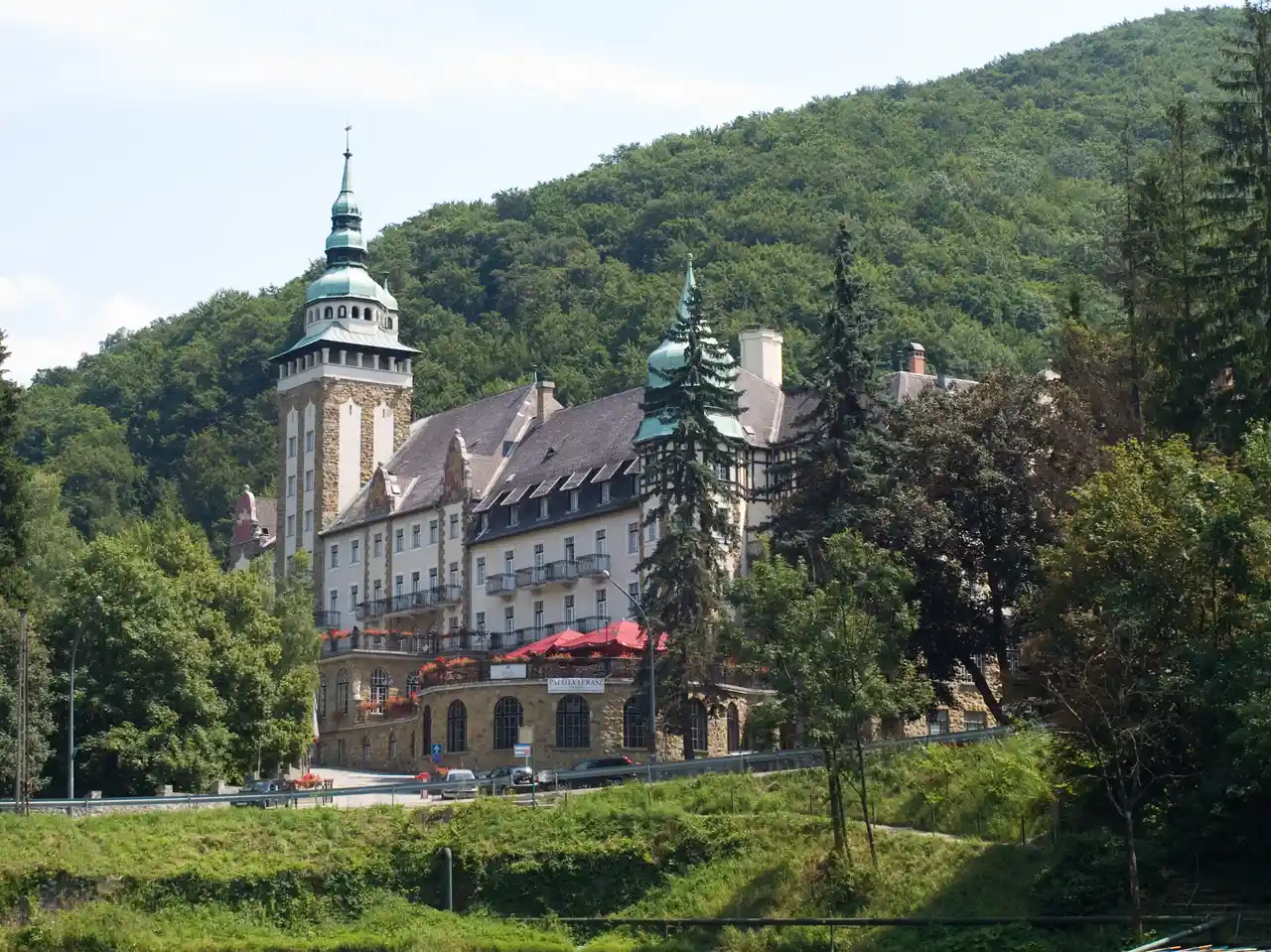
Ever dreamed of stepping into a fairytale landscape? That’s exactly what you’ll find in Lillafüred, a charming resort town nestled in the Bükk Mountains of northern Hungary. This peaceful retreat, built around Lake Hámori, feels like it was plucked straight from a storybook with its grand Palace Hotel rising above the misty waters. You can hop on Europe’s longest narrow-gauge forest train for a scenic ride through the woods, or explore the impressive Anna Cave with its unique limestone formations. The surrounding area offers gentle hiking trails through beech forests, leading to hidden waterfalls that are especially beautiful when frozen in winter. Don’t miss the terraced gardens that cascade down to the lake – they’re perfect for lazy afternoon strolls and picnics in warmer months.
Sopron
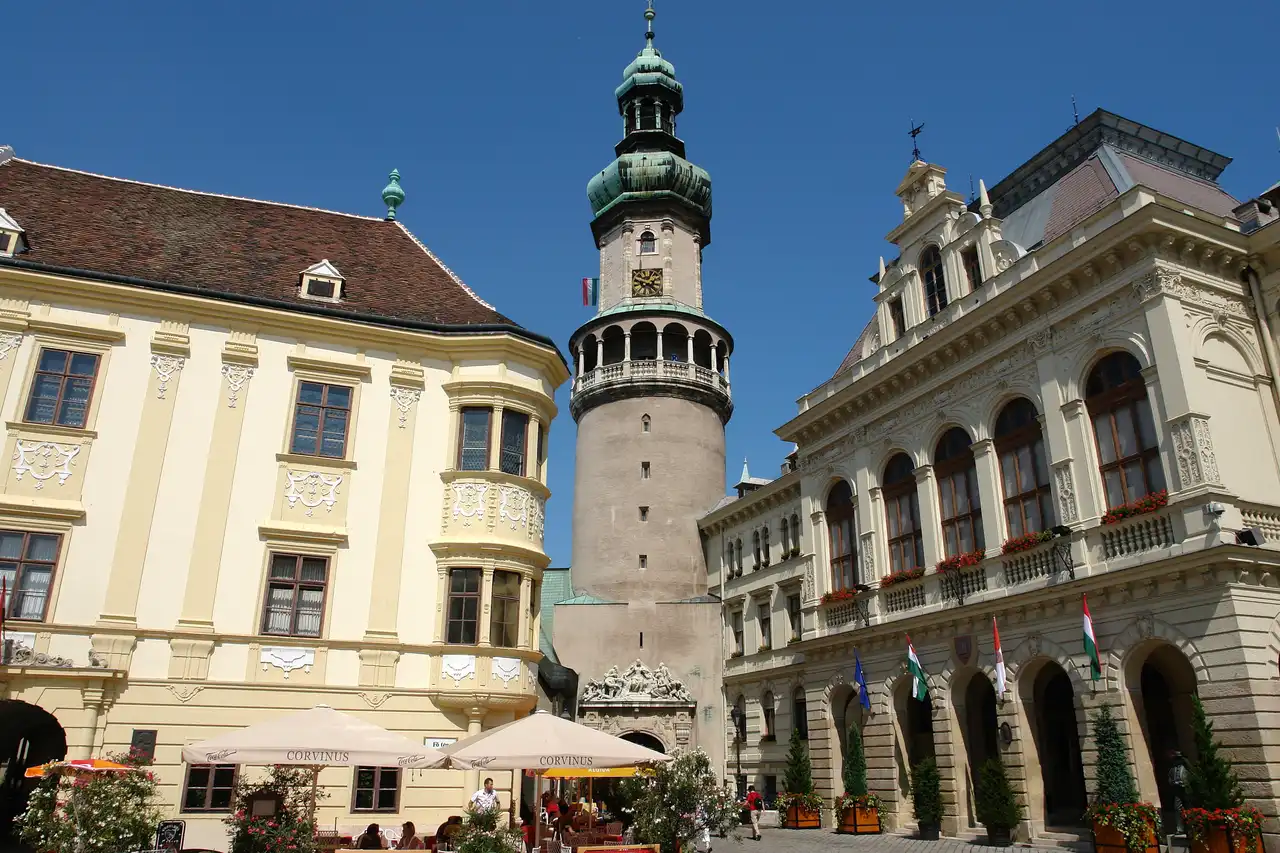
Ever seen Austria and Hungary blend into one charming package? That’s exactly what you’ll find in Sopron, a border town that sits just an hour from Vienna. This medieval gem survived countless wars with its historic center intact, where Gothic churches and winding cobblestone streets tell tales from centuries past. Wine lovers flock here to sample the region’s famous Kékfrankos (Blue Frankish) red wine, produced in vineyards that have been cultivating grapes since Roman times. You can climb the Fire Tower for views across two countries, or hop on a bike to explore the surrounding Lővérek hills, where hidden forest paths lead to traditional Hungarian restaurants serving hearty local cuisine.
Tihany

Step back in time when you visit Tihany, a charming peninsula that juts into Lake Balaton. The town’s iconic Benedictine Abbey, built in 1055, sits atop a hill overlooking the blue waters and rolling lavender fields below. Take a peaceful walk through the narrow streets lined with traditional thatched-roof houses, or visit the Echo Hill, where you can hear your voice bounce off the abbey walls. For a taste of local life, stop by one of the small restaurants serving fresh fish from the lake and the region’s famous lavender ice cream. It’s the perfect spot to experience Hungary’s historic architecture and natural beauty in one place.
Hollókő
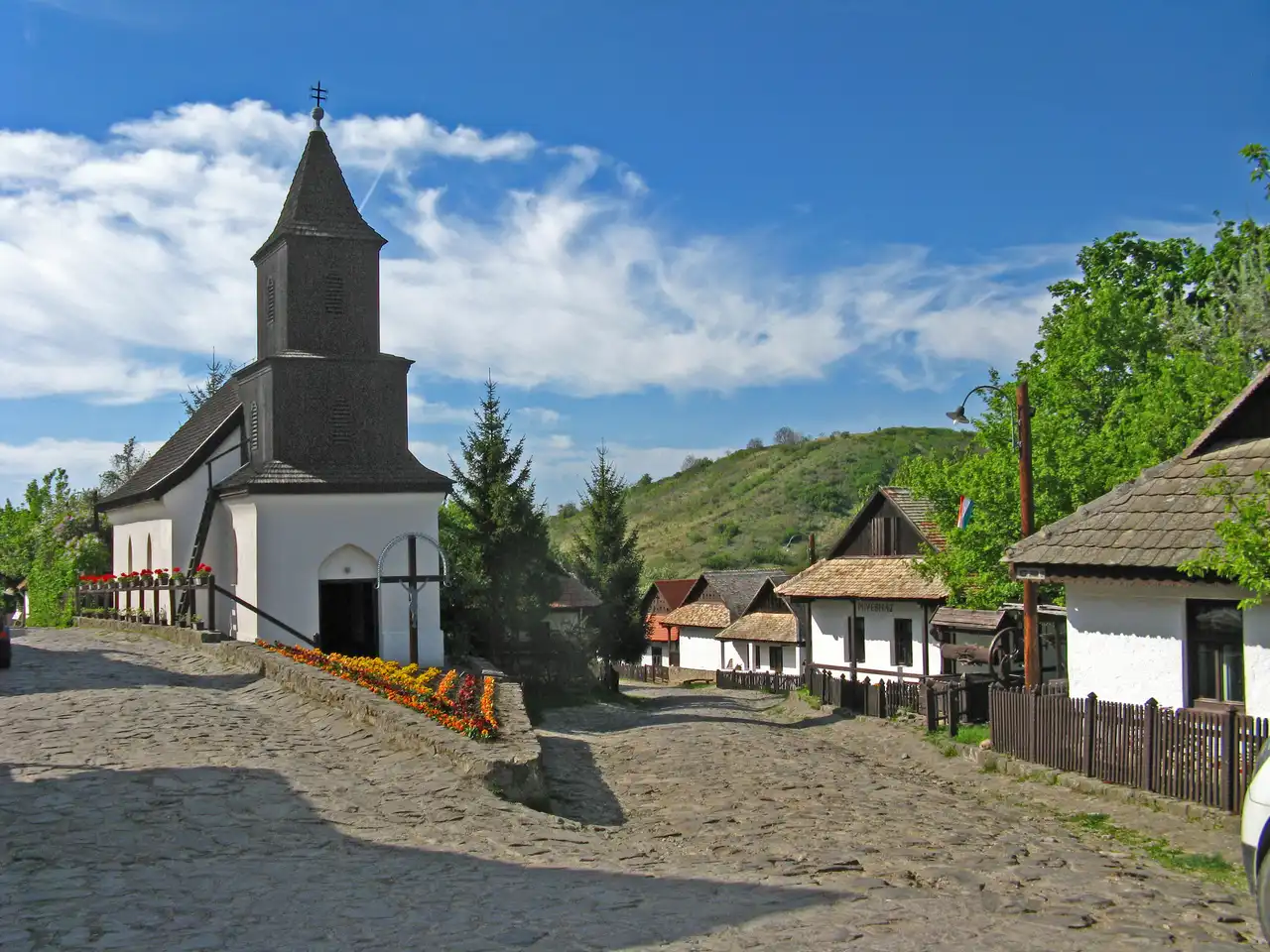
If you’re looking to experience authentic Hungarian village life, Hollókő should be at the top of your list. This picturesque UNESCO World Heritage site, tucked away in the rolling hills of northern Hungary, preserves the traditional folk culture of the Palóc people through its old town’s 67 protected buildings, distinctive architecture, and locals who still wear traditional dress for festivals and special occasions.
Esztergom
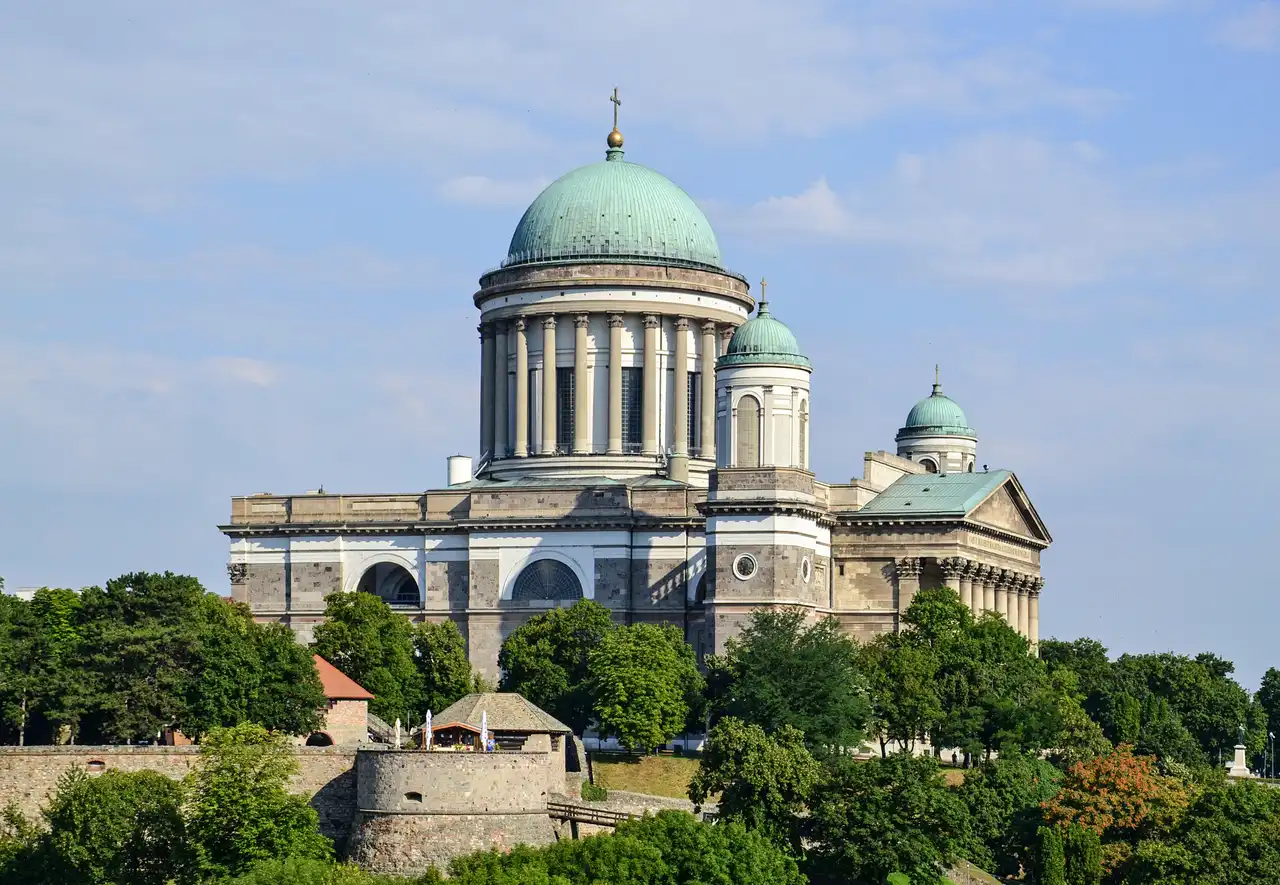
Many people overlook Esztergom, but this charming city on the Danube River holds an important place in Hungarian history. Home to the country’s largest church, the Esztergom Basilica, this was once the capital of medieval Hungary and the seat of the Catholic Church. The massive dome of the basilica dominates the skyline, while the Castle Museum and Christian Museum house treasures from Hungary’s royal past.
Győr
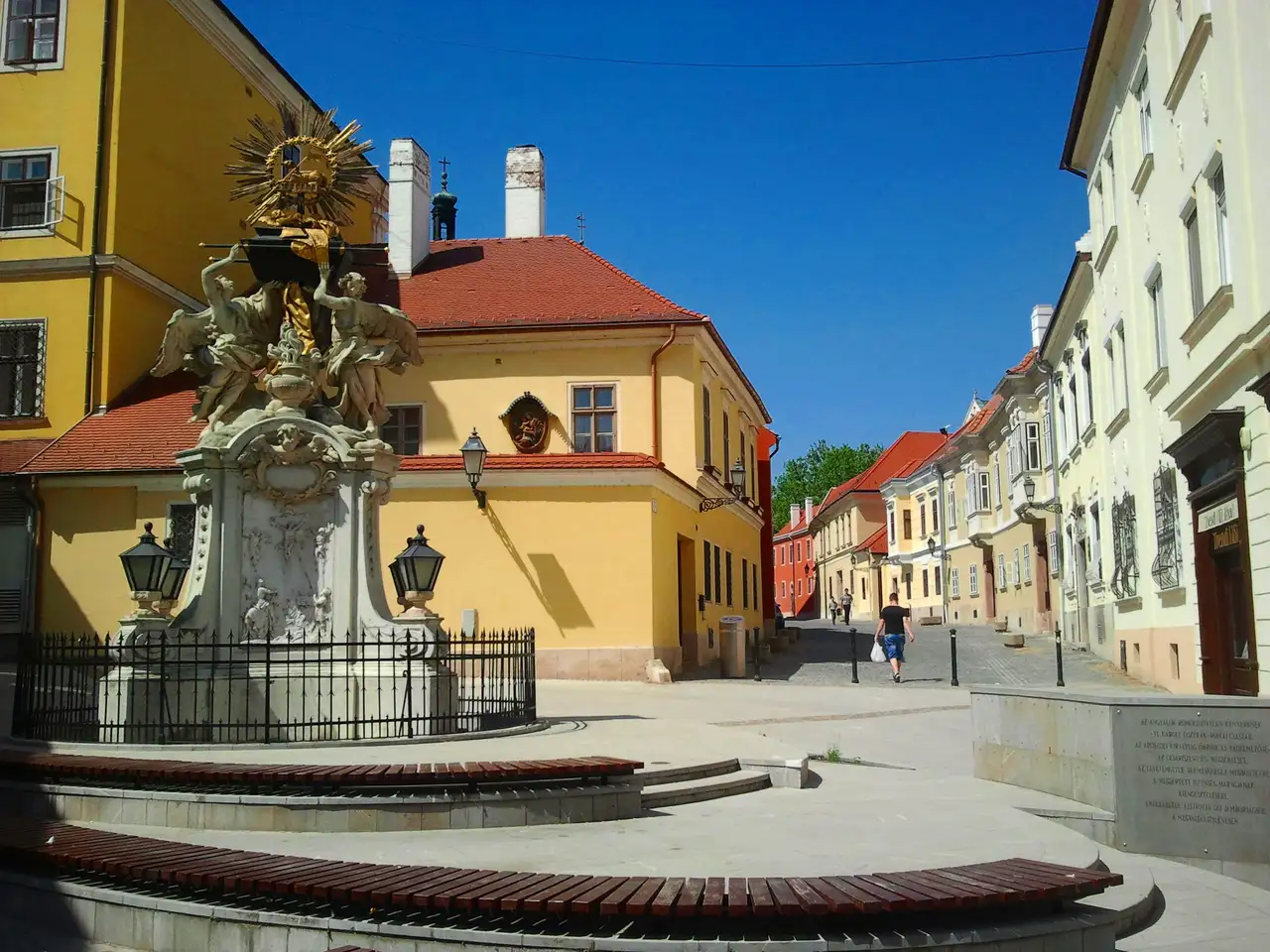
Located halfway between Budapest and Vienna, Győr is where old-world Hungarian charm meets modern city life. Like many Hungarian cities, it has impressive architecture, cozy cafes, and lively squares. But what sets Győr apart is its unique blend of three rivers – the Danube, Rába, and Rábca – which have shaped both its history and character. Thanks to its strategic location, the city became a major trading hub during the Middle Ages, and you can still see this legacy in the beautifully preserved Baroque buildings and merchant houses that line its streets. The city’s German and Austrian influences are evident in its architecture and food scene, where you’ll find traditional Hungarian goulash served alongside Viennese-style pastries in charming riverside cafes.
Hortobágy National Park
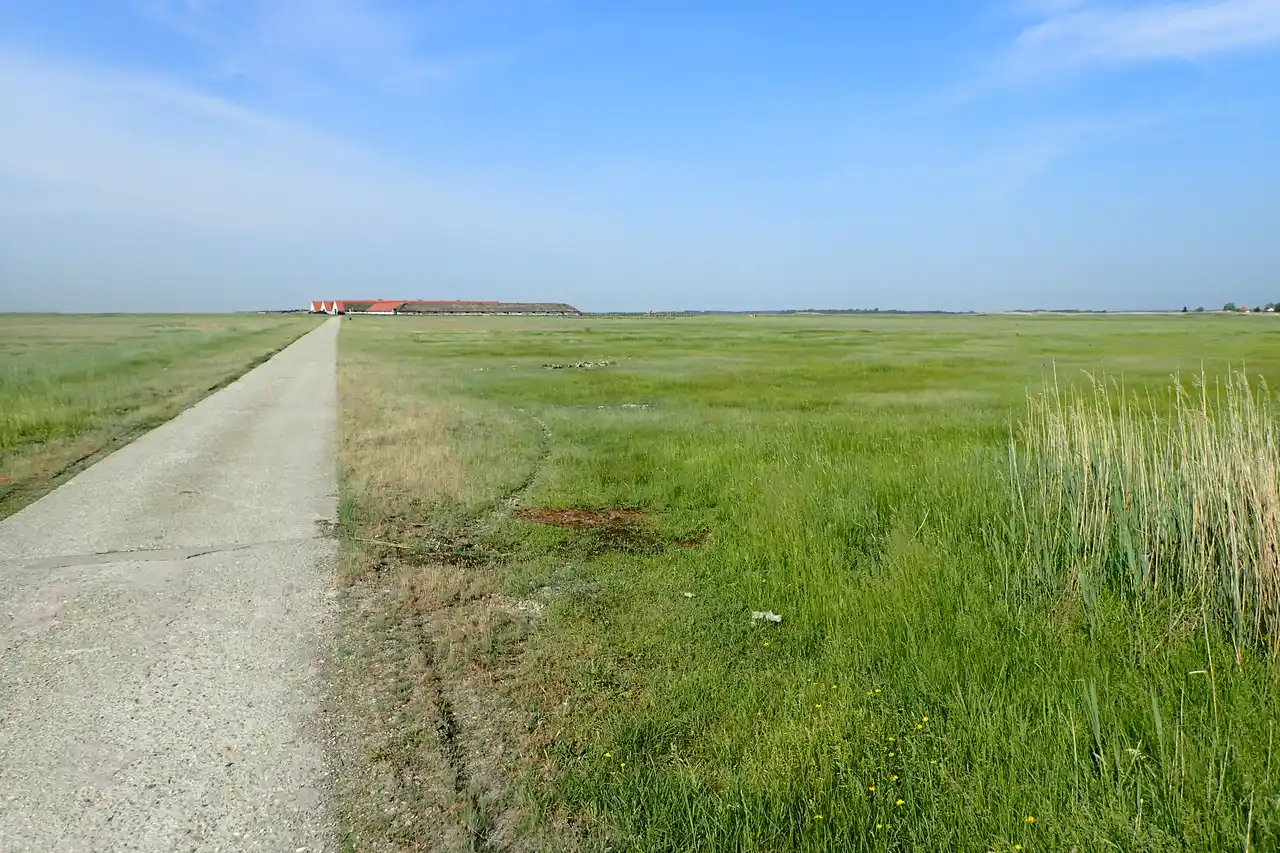
Whenever someone asks me about authentic Hungarian experiences, I point them straight to Hortobágy National Park. Located in the eastern plains of Hungary, this vast grassland preserves the country’s traditional pastoral culture and is home to unique wildlife like Hungarian grey cattle and the Przewalski’s horse. The park’s nine-hole stone bridge, traditional wells, and historic herdsmen’s buildings tell the story of centuries-old farming traditions that are still alive today.
Visegrád
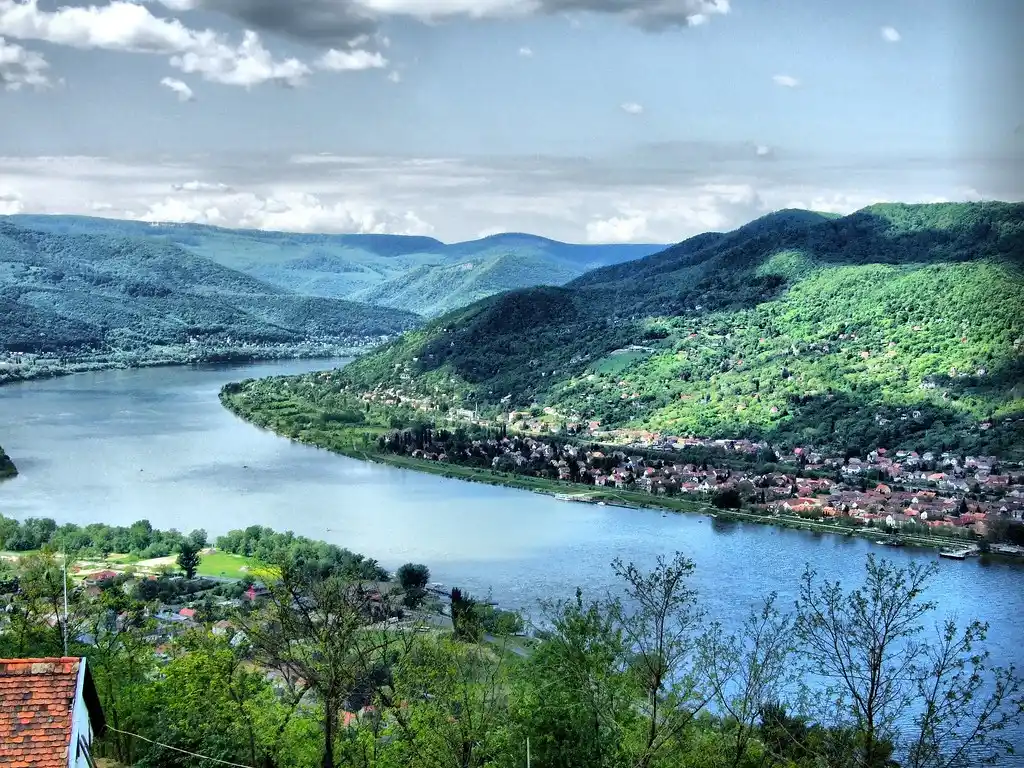
Perched along the Danube Bend, Visegrád first caught my eye during a road trip through Hungary in 2019. This small medieval town sits between Budapest and Esztergom, where rolling hills meet the gentle curves of the river. The 13th-century Visegrád Castle complex crowns the hillside, with its ancient stone walls telling stories of kings and queens who once called this place home. The Upper Castle offers some of the best views of the Danube’s famous bend, while the Renaissance palace below houses fascinating exhibitions about life in medieval Hungary. Local restaurants serve traditional Magyar dishes in courtyards that echo with centuries of history, making it easy to imagine yourself dining like royalty in the days of old.
Keszthely
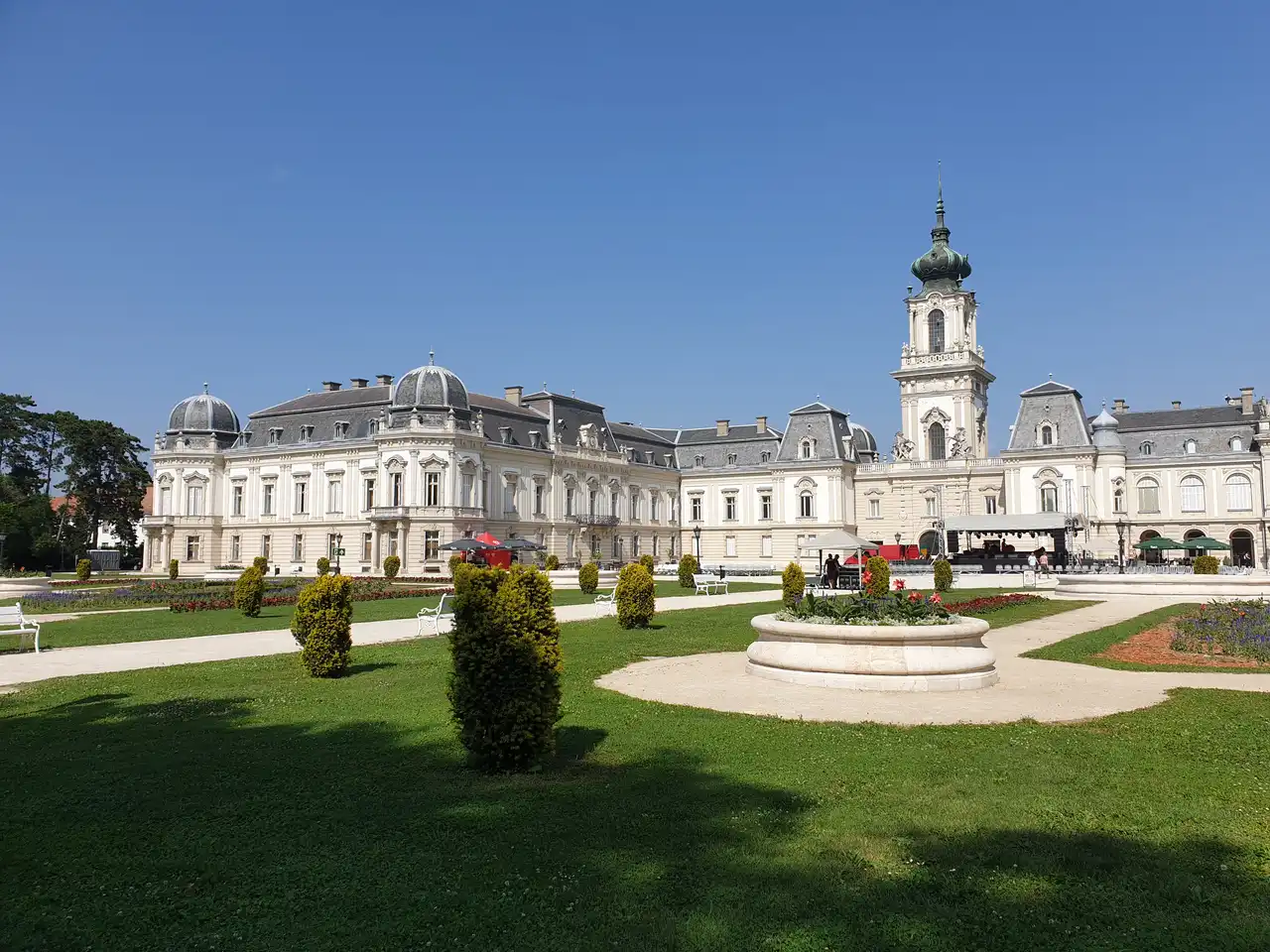
I tell everyone visiting western Hungary to stop by Keszthely. Located on the shores of Lake Balaton, this charming town is home to the impressive Festetics Palace, a grand Baroque mansion with 101 rooms. You can wander through its manicured gardens, browse the extensive library collection, and learn about aristocratic life in the palace’s museum. Plus, the town’s position on Lake Balaton means you can combine culture with relaxation at one of the popular local beaches.
Tokaj Wine Region
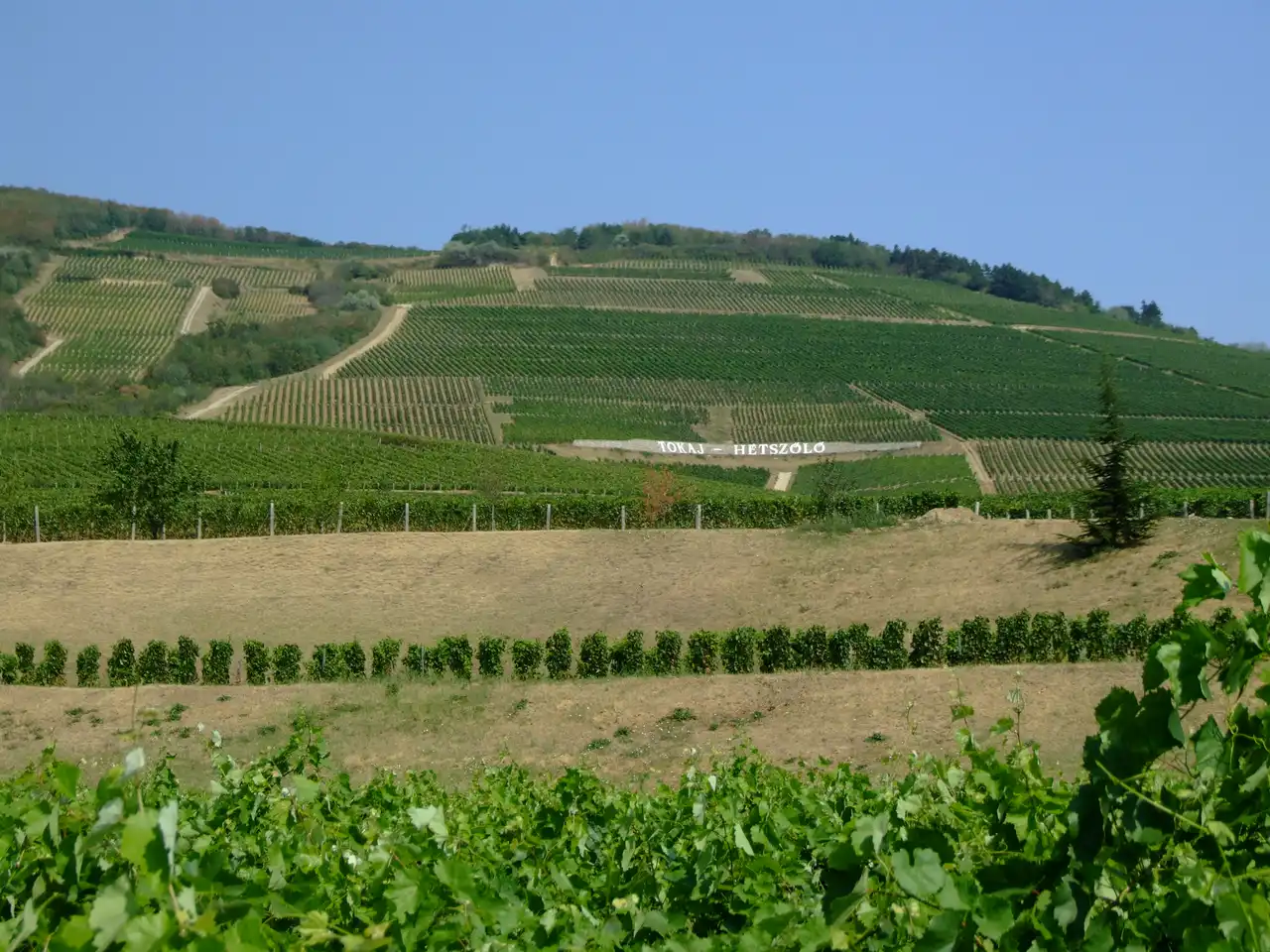
When it comes to wine regions in Europe, few places can match the rich heritage of Tokaj in northeastern Hungary. This historic area, stretching across gentle rolling hills and sun-soaked valleys, has been producing its famous sweet wines since the 16th century. The region’s unique climate and volcanic soil create perfect conditions for noble rot – a natural phenomenon that concentrates the grapes’ sugars and produces the legendary Tokaji Aszú wines. It’s not just about tasting rooms and cellars though – visitors can explore charming villages dotted with traditional press houses, hike through the vineyards, and learn about centuries-old winemaking techniques from passionate local vintners who’ve inherited their craft through generations.
Pannonhalma Abbey
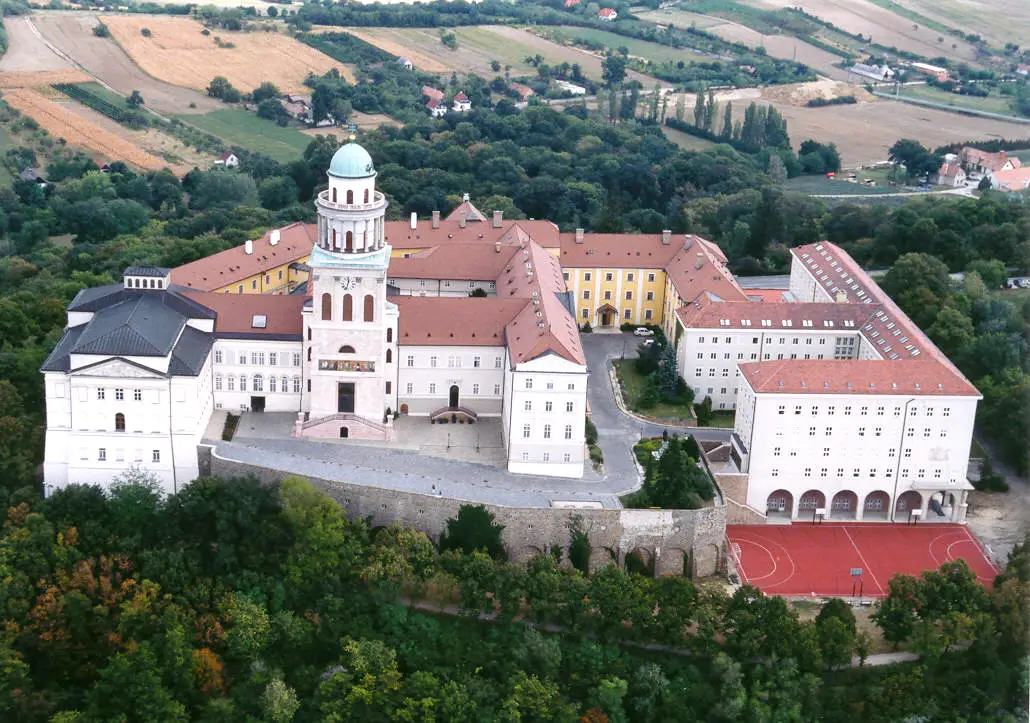
Nestled in the rolling hills of western Hungary, Pannonhalma Abbey holds a special place in my heart as one of Europe’s oldest monasteries. This massive Benedictine complex has stood watch over the Hungarian countryside since 996 AD, making it older than most European capitals. The abbey isn’t just a religious site – it’s a living, working monastery where monks still produce wine, herbs, and lavender products using methods passed down through generations. Walking through its ancient halls and gardens feels like stepping into a history book, but what really makes it unique is how seamlessly the old and new blend together. You can explore the medieval library, filled with precious manuscripts, then head to the modern winery to taste wines made by the resident monks.
Miskolc-Tapolca Cave Bath
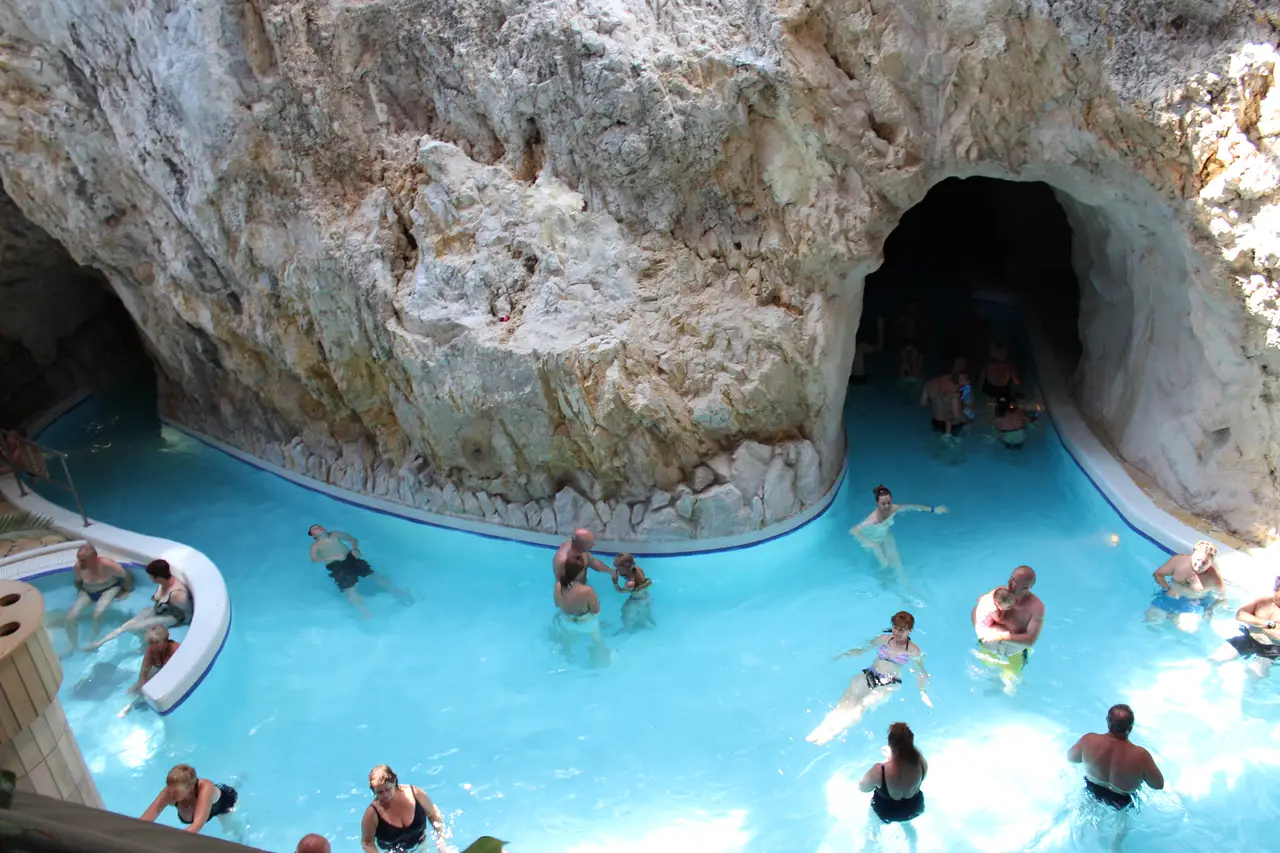
Adventurous travelers shouldn’t miss the one-of-a-kind Miskolc-Tapolca Cave Bath in Hungary. Located in a natural limestone cave system, this thermal spa lets you float through winding passages filled with warm, mineral-rich waters. The cave’s natural rock formations and dim lighting create an otherworldly atmosphere that makes swimming here feel like exploring an underground kingdom.